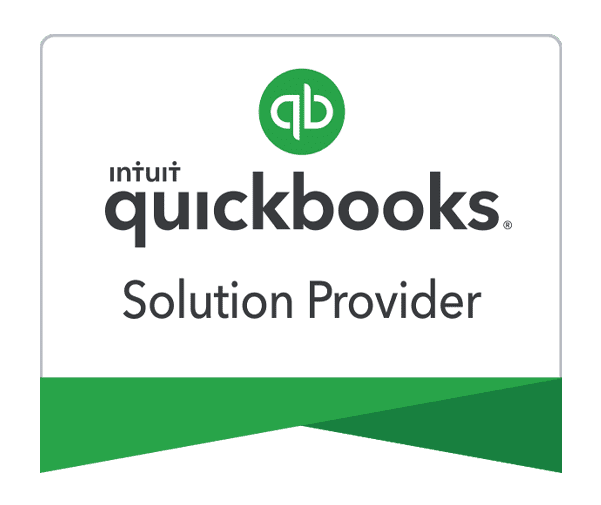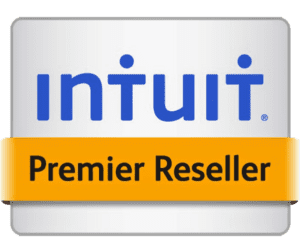Just register for the free trial below and we will send you everything you need to evaluate QuickBooks Online including 30-day access, the full 76-page QuickBooks Online Guide (details everything that you can do in the software) plus the video training library. Free end-to-end consultation and support are included so if you need any help along the way, just let us know!

Paygration, Inc.
QuickBooks Online provides a streamlined and efficient way to organize your financial transactions by using tags and categories. These tools serve as essential components for keeping your financial records accurate, simplifying reporting, and gaining valuable insights into your business’s financial activities.
In this article, we’ll discuss tags and categories in QuickBooks Online, their benefits, and how you can implement them to improve your financial processes.
Understanding Tags and Categories
In QuickBooks, tags and categories are classification systems that allow you to group transactions and items according to specific criteria. While both serve a similar purpose of organization, they have distinct functionalities and applications.
Categories: Categories in QuickBooks are used to classify transactions based on the nature of the transaction. For instance, you can create categories like “Income,” “Expenses,” “Assets,” and “Liabilities.” Each category corresponds to a type of financial activity. Assigning transactions to appropriate categories helps maintain an orderly chart of accounts, making it easier to generate accurate financial reports and analyze your business’s financial health.
Tags: Tags, on the other hand, offer a more flexible way to organize transactions and items. Unlike categories, tags are customizable labels that can be assigned to transactions and items regardless of their category. Tags allow you to highlight specific attributes or projects related to transactions. For instance, if you have multiple projects running simultaneously, you can create tags for each project and apply them to relevant expenses. This enables you to track project-specific expenses across different categories seamlessly.
If you would like to try the full version of QuickBooks Online Advanced, click here to get a free 30-day no-commitment trial plus access to the full video training library.
How to Use Tags and Categories in QuickBooks
Creating Categories
Setting up categories in QuickBooks involves accessing your chart of accounts and adding new accounts under appropriate categories. For instance, you can create an “Advertising Expenses” category and add accounts for different advertising-related expenses such as online ads, print materials, and event sponsorships.
Creating a new category in QuickBooks
Using Tags
Tags are usually created directly within transactions, such as invoices and bills. When adding or editing a transaction, you can assign one or more tags to it. These tags can be pre-defined (e.g., project names, event names) or created on the fly. QuickBooks allows you to view and manage tags collectively, giving you an overview of expenses or income associated with each tag.
Adding tags to transactions in QuickBooks Online
Reporting with Categories and Tags
Generating reports using categories and tags is straightforward in QuickBooks. Standard financial reports automatically utilize the categorized transactions, providing insights into your business’s overall financial health. Custom reports can be generated to focus on specific tags, giving you a detailed view of specific projects or expense categories.
Benefits of Using Tags and Categories
Customization and Flexibility
You can create categories that reflect your industry’s standards and create tags that align with your business’s projects or initiatives. This customization ensures that your financial management system caters precisely to your requirements.
Enhanced Reporting
Categories play a crucial role in generating standardized financial reports, such as profit and loss statements and balance sheets. These reports offer insights into your business’s overall financial performance. Meanwhile, tags provide a granular level of detail, allowing you to generate customized reports that show expenses and income associated with specific tags. This is particularly useful for project-based businesses or companies with diverse revenue streams.
Project and Expense Tracking
For businesses managing multiple projects or tracking specific expenses, tags are invaluable. They enable you to keep tabs on project-related transactions across different categories. This not only simplifies project budgeting but also aids in calculating project-specific profitability. You can analyze how each project contributes to your bottom line and identify areas for cost optimization.
Compliance and Auditing
Properly categorized transactions ensure that financial records are organized, accurate, and easy to review. During audits, having well-organized data can expedite the process and minimize the risk of errors or discrepancies.
Inventory Management
QuickBooks allows you to assign categories and tags to inventory items, making it simpler to track and manage stock. For instance, you can categorize items based on their type (raw materials, finished products, etc.) and use tags to indicate specific attributes like suppliers or product lines.
Wrap Up
Categories offer structured reporting, while tags provide flexibility for customized insights. By implementing these tools you can gain a deeper understanding of your financial activities, improve project tracking, and streamline inventory management.
















